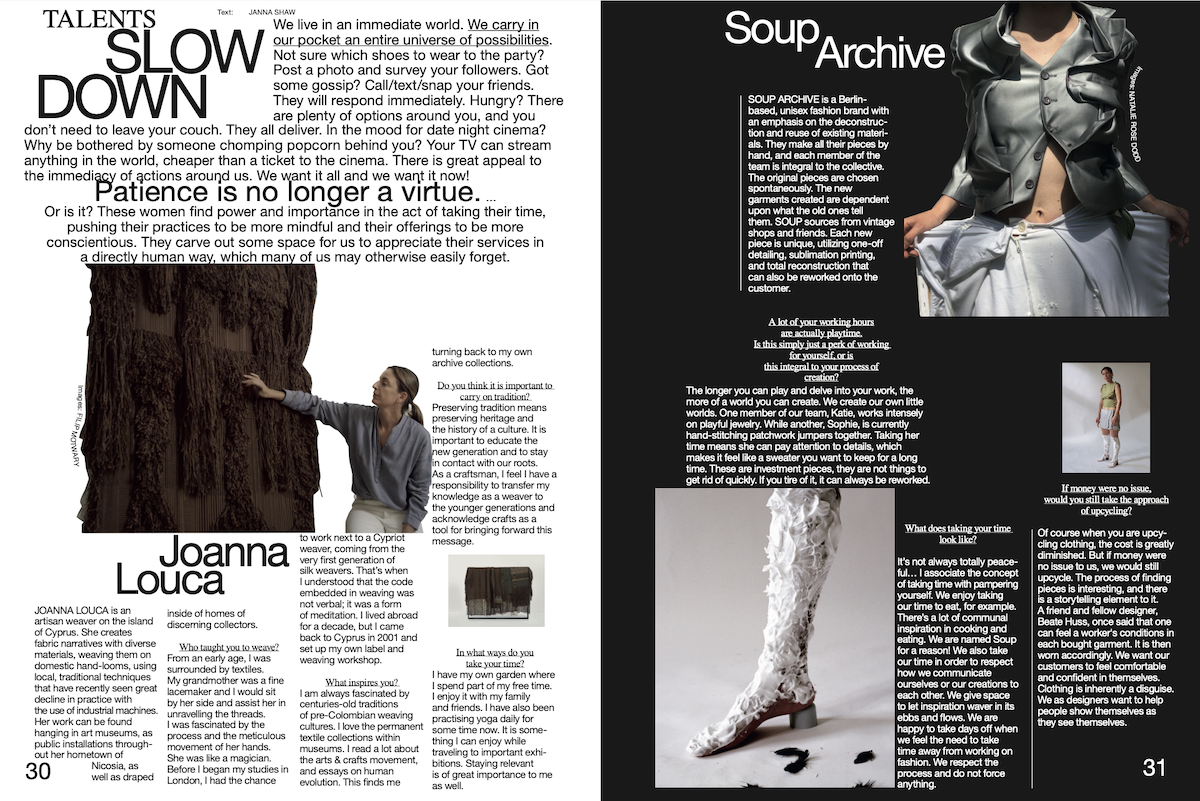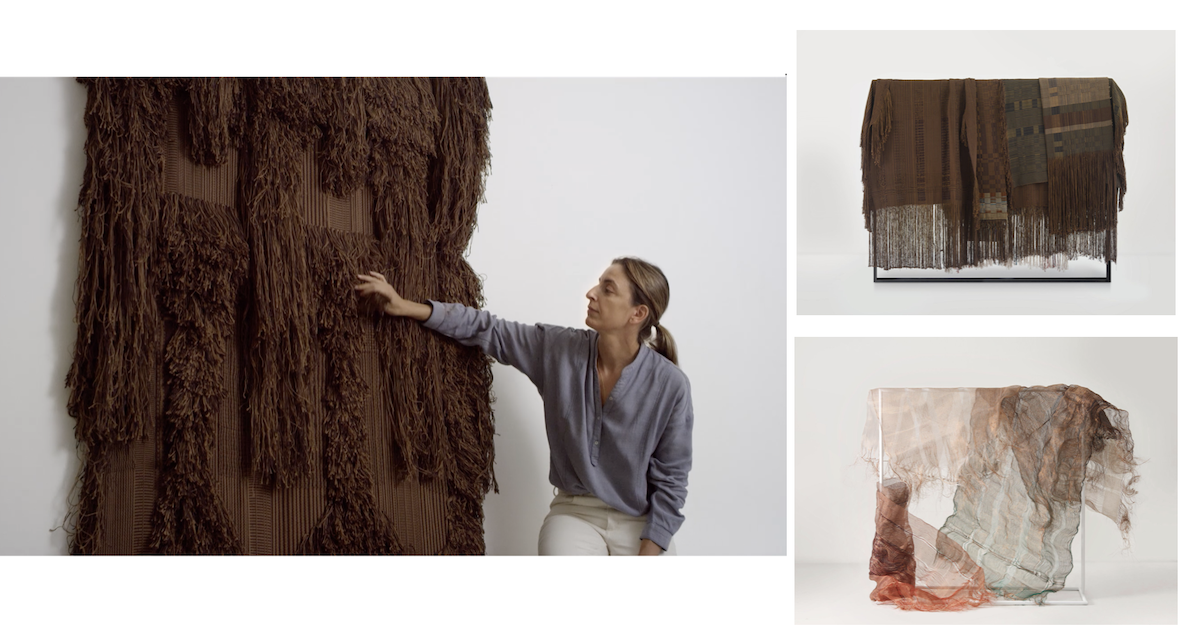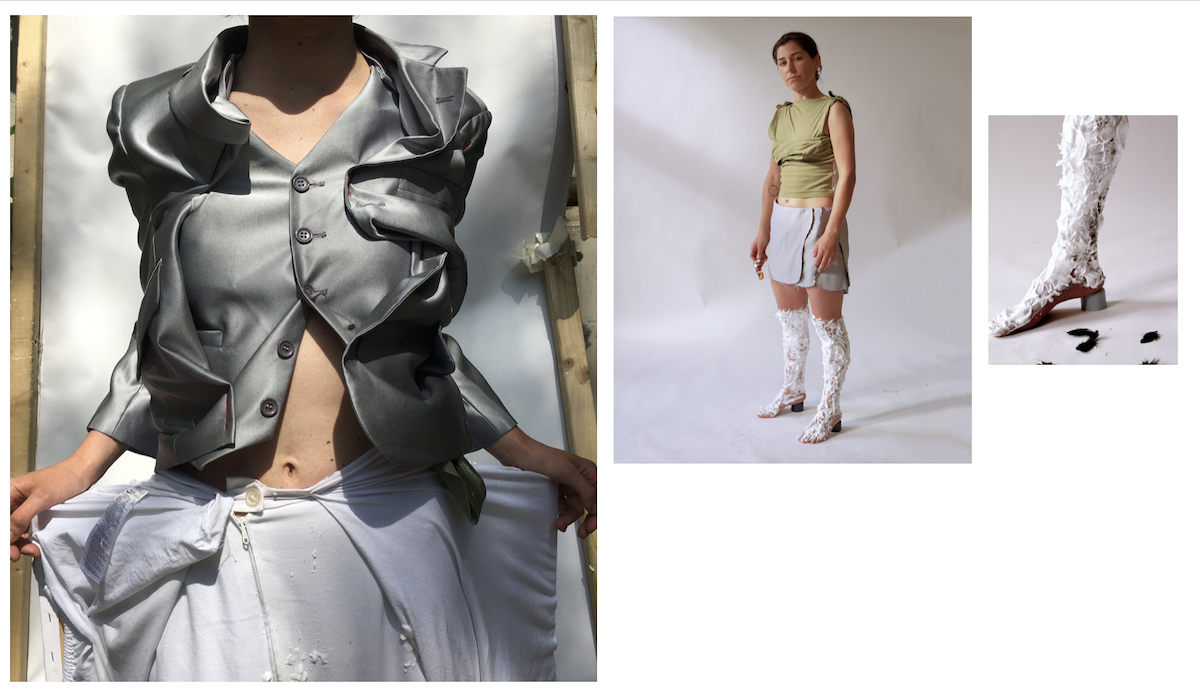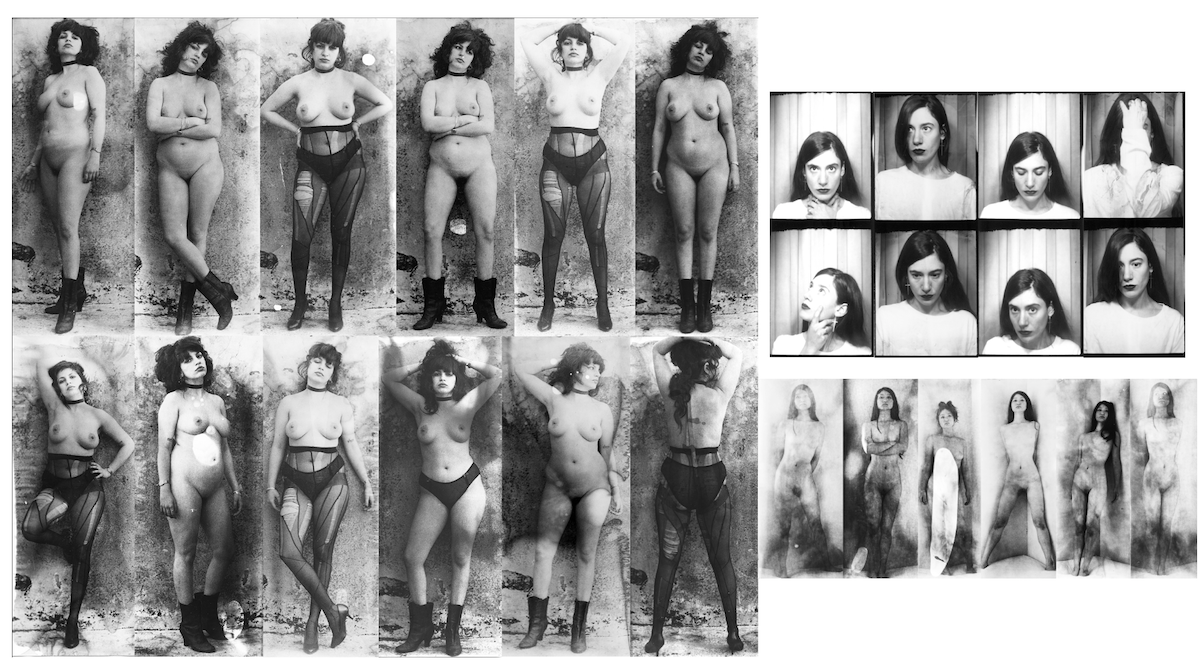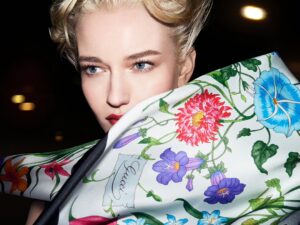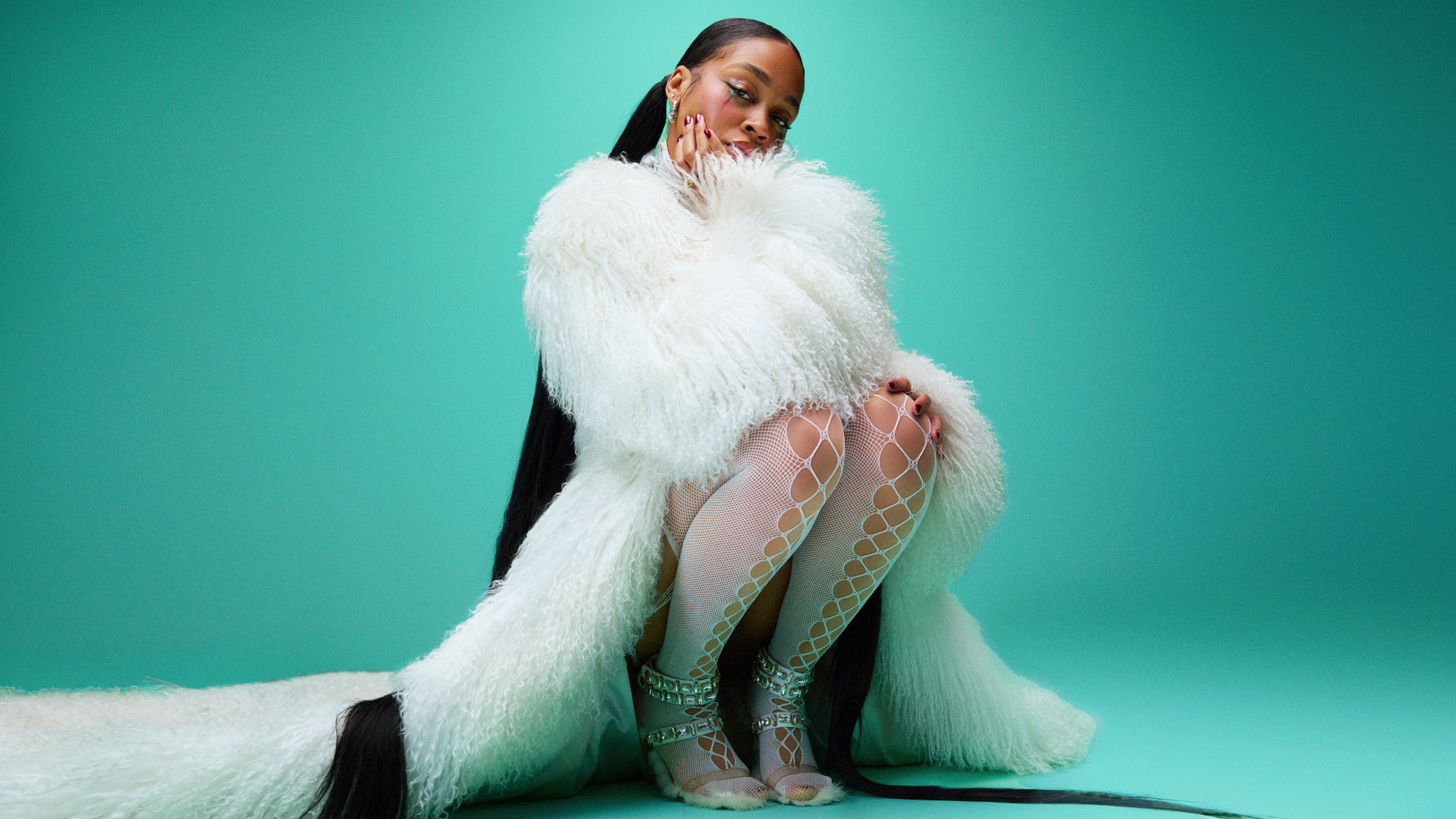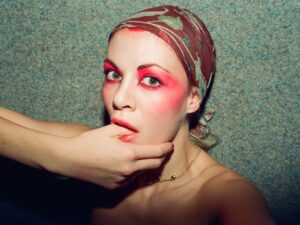Co-founders Amandine Cheveau and Jean-Christian Pullin are the Berlin-based duo behind Anatomie Fleur creating extravagant and strange bouquets for some of the city’s most beautiful spaces, as well as setting up their own market to help Berliners create living artforms to enjoy within their own home. Amandine shared about their inspirations, rituals and formative childhood experiences of nature.
Can you describe the ideal environment for arranging flowers?
The ideal moment for us is when we are able to cut ourselves mentally from others. It is a form of meditation, a mental space that is a gift for our creativity.
Creating a bouquet is a creative endeavour – especially yours. What is inspiring you right now?
Very often and randomly, landscapes from Le Douanier Rousseau or Aloys Zötl are popping up into my mind. I can be inspired by a passage from a novel, a scene from a movie or the melody of a song. Lately, I am touched by the Magdalene album from FKA Twigs. I can relate to its range of expressions based in absolute classicality while at the same time seamlessly incorporating contemporary elements. And reference to the biblical character Mary Magdalene, whose problematic and complexity transcends time and maintains relevancy. The subject of femininity and its nuances is present in my dialogue, which is why women continually inspire me.
Jean-Christian, he views life as performance and is exhilarated by social interaction. He draws his inspiration from creative queer scenes within Berlin and elsewhere.
How else do you take your time, or make ritual?
I like to paint. The journey there being an hour away from my home makes me zone out and clear my thoughts. It’s a ritual that I award myself. Since I am painting with oil, you have no choice than to be patient with your work; I need to wait until the next work session day to continue it. And it happens that what you had in mind has changed, evolved or vanished. It is always a jump into a new world. It teaches me patience and flexibility.
Jean-Christian makes a ritual of dancing as often as he can. The connection to his body sparks creativity in his mind, which he uses in all other aspects of his artistic journey. His body is in perpetual movement while creating, whereas my energy is much more contained.
What is your favorite flower?
I have some that I particularly like – the Fritillaria Imperialis is one of them. Its beauty was competing with the beauty of heaven. As punishment for the flower’s hubris, God gave it a bad smell and turned its crown upside down. The white pistils are symbolic of its tears.
However, it is hard to answer that since we like flowers for their variety and different characteristics. I appreciate some of them for their monstrous appearance; I can be touched by the ephemeral presence of another; seduced by the smell of some, and so on. We need all of them in order to create the various landscapes that we have in mind.
The lifespan of a bouquet also includes its death. I heard you sometimes still use them after they have died.
The decay process is something I find fascinating, especially how it affects the colors, the shapes, and even the least graceful part, the scent. I like to keep flowers after using them for natural dying. This is something I like to include in my personal, artistic work. In my painting, for instance, I like to use the pistils as a first layer of background. I am still a novice, in the learning process.
Name a moment in your life in which nature or flowers was a very inspiring time for you, that you still remember and hold dear.
The garden at my parents’ was the first place where I developed my imagination. I was creating fairies, poems and stories. This was probably where I first experienced feelings of eroticism and sensuality, with the secret places that you find in any garden, especially at the scale of a kid, the wet corners, the scents…
When I lived in Paris, the park of Les Butte Chaumont was my favorite. It has a very baroque look with caves, bridges, a temple and artificial lake. It also has a very dark story attached to it that makes the place a bit mysterious and sulfurous. I enjoy being in nature and it makes me feel connected with myself, but I am also afraid of it. I am afraid of what I cannot see. Nature brings you closer to the concept of the “infinite” and your own temporality. Then comes the melancholia… To think about these things is a source of inspiration.
Jean-Christian comes from North America, with a very different experience. He had two very different botanical settings. He is from Montreal, where there are four neatly defined seasons: a warm and humid summer, where he spent most of his summers playing in the forests of his grandparents, the most spectacular fall with all of the autumnal tones, followed by a brutally harsh and white winter, and lastly an optimistic, blooming spring. When he was 8 he moved to Los Angeles, where all of the seasonal rules were broken. Essentially, it is one never-ending season. You see snow in the mountains while swimming in the ocean. All these varieties and colors shaped his aesthetic appreciation, from palm trees to maple leafs.
